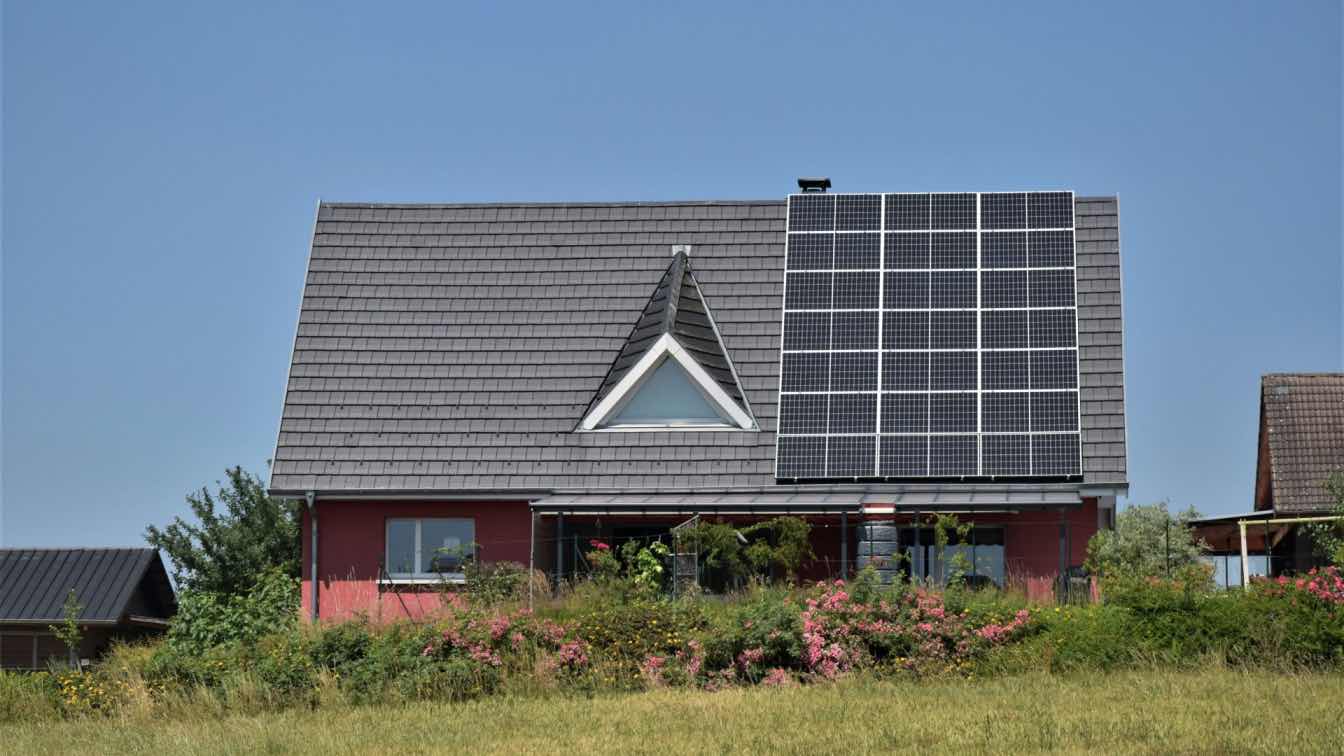The demand for cleaner energy sources continues to rise as the global focus shifts toward sustainability. Meeting energy needs without further damaging the environment has driven rapid innovation in technology, particularly in how renewable energy is captured, stored, distributed, and monitored. These new technologies are reshaping the energy landscape altogether.
From smarter grids to advanced data analytics, technology is central to the effectiveness and efficiency of renewable energy. These tools both enhance reliability and support scalability, which is critical to making green power accessible to a broader range of communities and industries.
Smarter Energy Grids
One of the major technological advancements in renewable energy is the emergence of smart grids. Traditional power grids were built to move energy in one direction, from a power plant to homes and businesses. Smart grids, in contrast, are interactive. They monitor usage in real time, adapt to changes in supply and demand, and allow for two-way communication between utilities and consumers.
This flexibility is especially valuable with renewable sources such as wind and solar, which are not always predictable. A smart grid can shift loads, use stored energy at peak times, and reroute power where it's needed most. This results in more consistent service and better use of energy.
Smart grid technology also enables faster response during outages and more accurate forecasting. These systems make renewable integration more viable across regions and weather patterns, building confidence in the shift from fossil fuels.
Role of Software in System Management
Effective software solutions are becoming integral to managing renewable energy operations. From coordinating distributed energy resources to monitoring environmental conditions, software platforms are critical for success. A robust renewable energy software solution provides visibility, control, and insights into system performance. This supports smarter decision-making, enables cost savings, and enhances the overall stability of the energy network.
As the infrastructure expands, these tools make it easier for operators to manage complex systems and adapt to rapid change. Automation, in particular, reduces the margin of error and streamlines daily operations.
Energy Storage Breakthroughs
Without effective storage, surplus energy often goes to waste, and shortages can occur when demand spikes. To address this, scientists and engineers are developing new storage systems, from lithium-ion batteries to gravity-based storage and beyond. Energy storage technology is evolving to be safer, more compact, and longer-lasting. It allows excess power to be stored during periods of low demand and dispatched later when demand increases. This ability to balance supply and demand strengthens grid stability and reduces dependence on fossil backup sources.
Efficient storage plays a critical role in the transition to renewables. It provides a buffer that allows energy producers and utilities to accommodate changes in weather and user behavior without sacrificing service quality.
AI and Predictive Analytics
Artificial intelligence and machine learning are revolutionizing how energy systems are monitored and maintained. These tools analyze massive datasets from weather sensors, usage logs, and grid status updates to detect inefficiencies or predict maintenance needs. As a result, downtime is minimized, and energy flow becomes more predictable.
AI applications in renewable energy include forecasting production, optimizing system performance, and guiding long-term planning. With improved predictions, solar panels and wind turbines can operate at peak efficiency, and energy managers can plan distribution routes more intelligently.
The integration of AI ensures resources are used wisely, which makes renewable energy more cost-effective and reliable.
As the world moves toward sustainable energy systems, technology serves as both a catalyst and a guide. Smarter grids, advanced storage solutions, artificial intelligence, and comprehensive software platforms all contribute to making renewable energy more efficient, reliable, and scalable. And with continued innovation and thoughtful integration, renewable energy is poised to support a cleaner, smarter future for generations to come.





